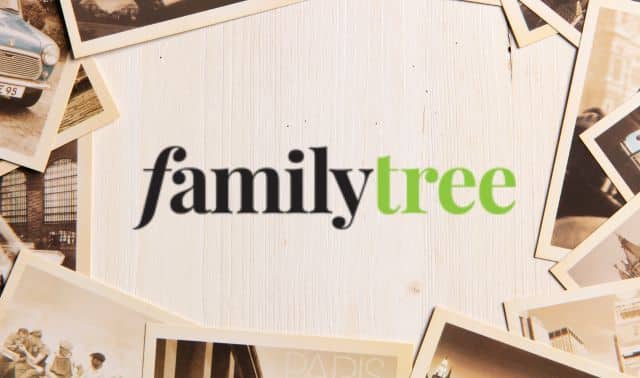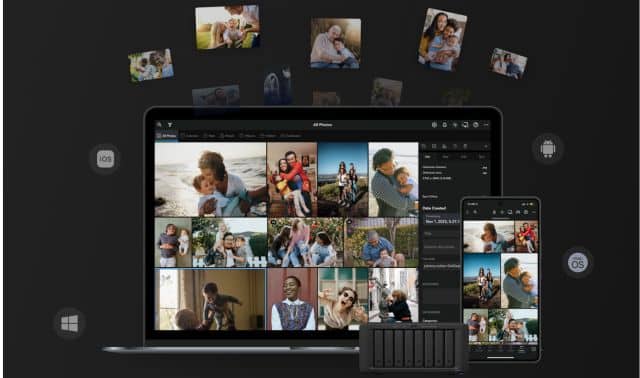Sign up for the Family Tree Newsletter! Plus, you’ll receive our 10 Essential Genealogy Research Forms PDF as a special thank you.
Get Your Free Genealogy Forms
"*" indicates required fields
Blanch Flanigan owns not one but two images of family in dress that identifies them as members of a fraternal organization. These secret societies were very popular in the 19th century. They offered men brotherhood, work opportunities and a shared mission.
Symbolism varied. The three interconnecting rings of the Independent Order of Odd Fellows signifies friendship, love and truth. Masonic aprons and compasses are also distinctive.
These groups were primarily for men, but at least one fraternal organization allowed both male and female members: the Order of the Eastern Star. Boston lawyer and educator Rob Morris established this group in 1850. It was represented by a single star.
ADVERTISEMENT
Could these individuals be members of this organization?
This couple posed in the 1870s for this portrait. Mary Ellen and Henry Watson wear a fraternal collar with just one star.
The Watsons were both born in Ontario, but their son was born in Quebec, Canada. It is unknown if this picture was taken in Ontario or Quebec. It’s a solemn formal tintype portrait.
ADVERTISEMENT
I’ve seen pictures of men in fraternal regalia, but not a picture of both a man and a woman in this attire from this period.
Members of fraternal organizations were supposed to be respectful of their attire, so the second image is puzzling.
The men are clowning for the camera with their legs crossed, collars askew and with cigars in their mouths. The man on the right is Henry Watson. Seated next to him is his son James.
The son wears a wide brimmed youthful style while his father wears his work cap. I love the hat on the father. I’ll be in touch with Blanch to see if she knows more about Henry’s occupation.
There are a few questions relating to this image:
- Is James a member as well? Most groups had age requirements. Is he old enough to be a member.
- Is the son wearing his mother’s collar, or vice versa?
- Why are they clowning for the camera? Could the collars be photographer’s props?
The basic identification facts of this photo are known, but there’s a bigger story.
I’d start by studying the local history of the town in which the family lived. This will help determine which fraternal organizations were in the area in the 1870s. This is a Masonic-related group, but which one?
This isn’t the first time I’ve written about fraternal groups. Here are three columns on the Independent Order of Odd Fellows:
Solve your family photo mysteries with these books by Maureen A. Taylor:
ADVERTISEMENT







